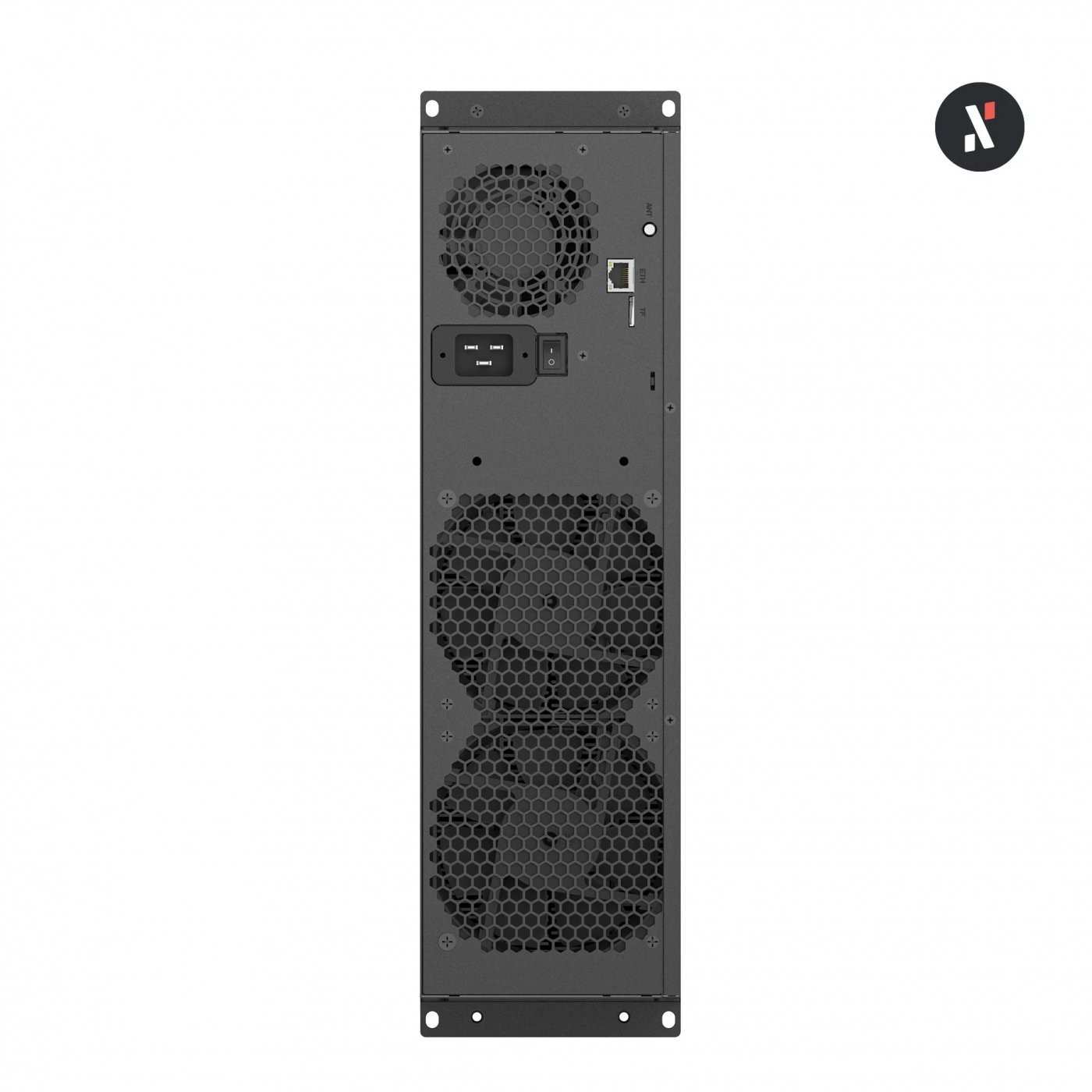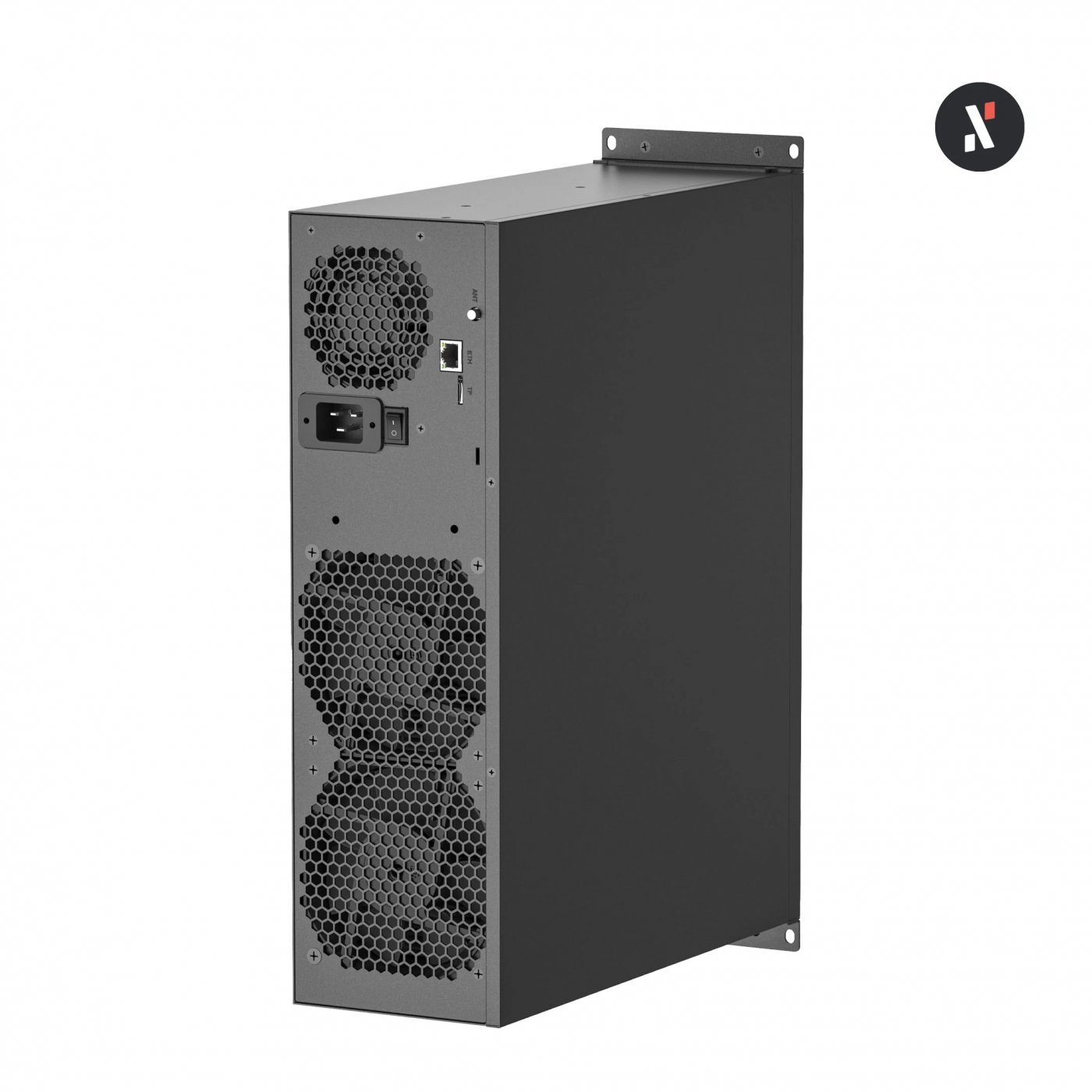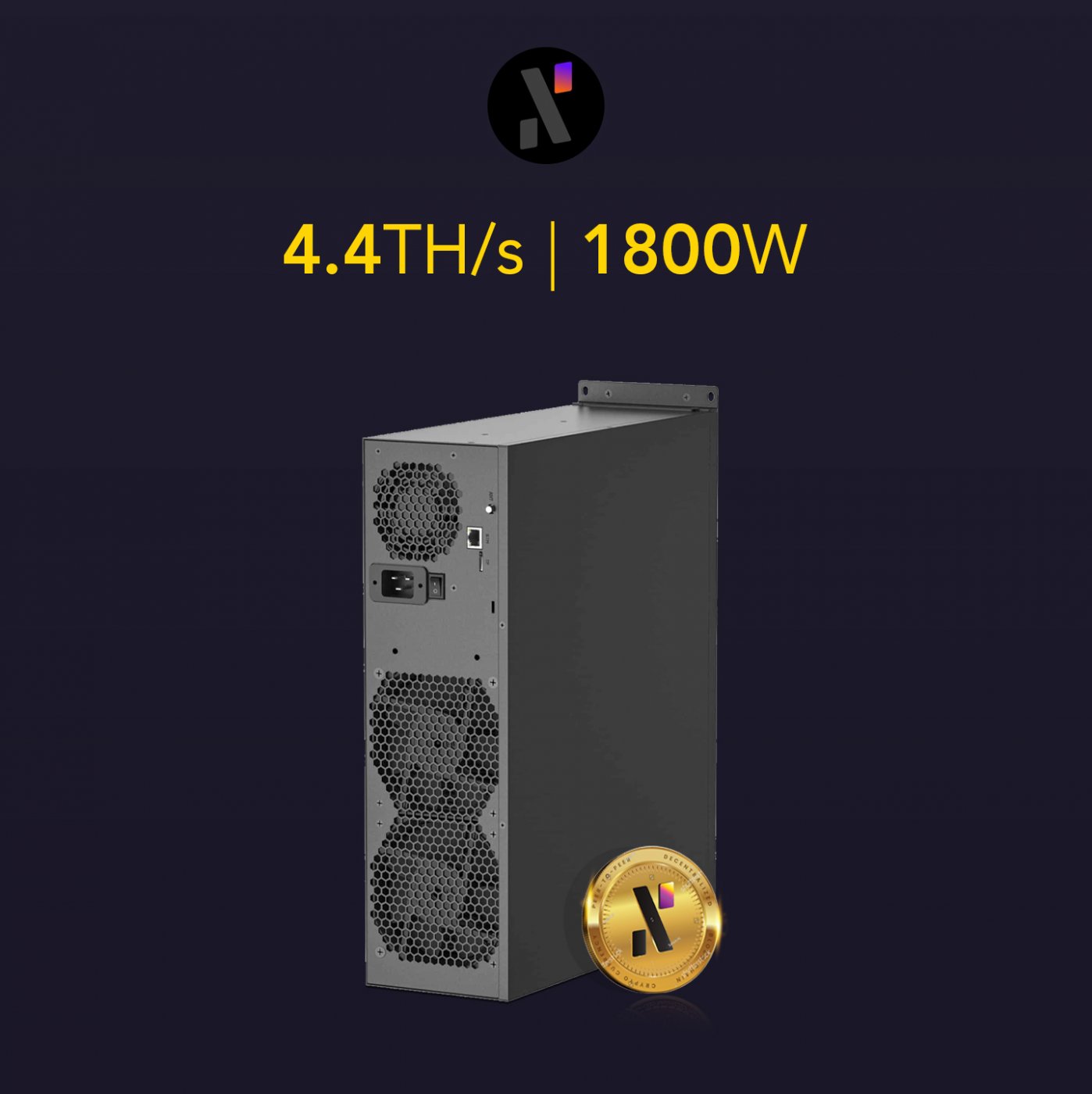Temperature monitoring and cooling optimization for the E-AL1M
Temperature Monitoring and Cooling Optimization for the Goldshell E-AL1M
Cryptocurrency mining has evolved into a highly competitive industry where efficiency, stability, and operational optimization are paramount. Among the latest innovations in mining hardware, the Goldshell E-AL1M stands out as a specialized solution for ALPH cryptocurrency mining, leveraging the Blake3 algorithm to deliver exceptional performance. However, like all mining equipment, the E-AL1M’s long-term success hinges on effective temperature monitoring and cooling optimization. This article delves into the practical aspects of managing the E-AL1M’s thermal performance, ensuring sustained efficiency and profitability for mining operators.
Understanding the Goldshell E-AL1M: A Mining Powerhouse
Before diving into thermal management, it’s essential to understand what makes the E-AL1M a standout product in the mining landscape. Designed by Goldshell, a leader in mining technology, the E-AL1M is engineered specifically for ALPH mining, offering a dual-mode operation that balances hashrate and energy efficiency. In its default mode, the miner achieves an impressive 4.4TH/s (±5%) with a power efficiency ratio of 409J/GH. For operators seeking even greater efficiency, the low-power mode reduces energy consumption to 367J/GH, making it a versatile choice for varying market conditions.

The E-AL1M’s compact design (443×360×135mm) integrates a built-in power supply unit compatible with global voltage standards (110V-240V), eliminating the need for external PSUs. Its advanced thermal management system, featuring high-efficiency 3600rpm fans, ensures optimal operating temperatures between 0-35°C, even in challenging environments. These features, combined with remote monitoring capabilities via the Goldshell app, make the E-AL1M a reliable and user-friendly mining solution.
The Importance of Temperature Monitoring in Mining Operations
Temperature control is a critical factor in mining operations. Excessive heat can lead to hardware degradation, reduced performance, and even complete system failure. For the E-AL1M, maintaining an optimal temperature range is essential to maximize its lifespan and ensure consistent hashrate output.

The E-AL1M’s thermal management system is designed to handle heat dissipation efficiently, but external factors such as ambient temperature, airflow, and humidity can impact its performance. Mining operators must implement robust temperature monitoring practices to identify potential issues before they escalate.

Key Benefits of Effective Temperature Monitoring
- Enhanced Hardware Longevity: Keeping the E-AL1M within its optimal temperature range reduces wear and tear on components, extending the miner’s operational life.
- Consistent Performance: Stable temperatures ensure the miner operates at its full potential, maintaining high hashrates without interruptions.
- Energy Efficiency: Overheating can increase power consumption. Proper cooling helps maintain the E-AL1M’s energy-efficient performance.
- Cost Savings: Preventing heat-related failures minimizes downtime and repair costs, protecting your investment.
Cooling Optimization Strategies for the E-AL1M
While the E-AL1M’s built-in cooling system is highly effective, mining operators can take additional steps to optimize cooling and enhance performance. Here are some practical strategies:
1. Optimal Placement and Airflow Management
The placement of your E-AL1M plays a crucial role in its thermal performance. Ensure the miner is positioned in a well-ventilated area with ample space around it to facilitate airflow. Avoid placing it near walls or other equipment that could obstruct ventilation.
Consider using industrial fans or air ducts to improve airflow in your mining facility. For larger operations, implementing a hot aisle/cold aisle layout can significantly enhance cooling efficiency.
2. Environmental Control
Ambient temperature directly impacts the E-AL1M’s cooling efficiency. If possible, maintain the mining environment within the recommended temperature range of 0-35°C. In hotter climates, consider using air conditioning or evaporative cooling systems to regulate the temperature.
Humidity is another factor to monitor. The E-AL1M can operate in environments with up to 65% relative humidity, but excessive moisture can lead to condensation and hardware damage. Use dehumidifiers if necessary to maintain optimal conditions.
3. Regular Maintenance
Dust and debris can accumulate on the E-AL1M’s fans and heatsinks, reducing their effectiveness. Schedule regular cleaning sessions to remove buildup and ensure unobstructed airflow. Use compressed air or a soft brush to clean delicate components without causing damage.
Additionally, inspect the fans periodically to ensure they are functioning correctly. If a fan fails, replace it promptly to prevent overheating.
4. Remote Monitoring and Alerts
The Goldshell app provides real-time monitoring of the E-AL1M’s temperature and other operational parameters. Set up alerts to notify you of any temperature spikes or anomalies, allowing you to address issues before they escalate.
For advanced users, integrating the E-AL1M with third-party monitoring tools can provide additional insights and automation capabilities.
5. Cooling Enhancements
In high-density mining setups, supplemental cooling solutions may be necessary. Consider installing liquid cooling systems or immersion cooling tanks to achieve more efficient heat dissipation. While these solutions require a higher upfront investment, they can significantly improve cooling efficiency and reduce long-term operational costs.
Real-World Applications and Case Studies
To illustrate the importance of temperature monitoring and cooling optimization, let’s explore two real-world scenarios:
Case Study 1: Small-Scale Home Mining Operation
A hobbyist miner operates a single E-AL1M in a home office. Initially, the miner was placed in a corner with limited airflow, causing temperatures to rise above the recommended range. After relocating the miner to a more open area and adding a small desk fan, the operator observed a 15% improvement in cooling efficiency and a noticeable reduction in noise levels.

Case Study 2: Large-Scale Mining Farm
A professional mining farm with 50 E-AL1M units experienced frequent overheating issues due to poor ventilation. By implementing a hot aisle/cold aisle layout and installing industrial fans, the farm achieved a 20% reduction in average operating temperatures. This optimization resulted in a 10% increase in overall hashrate and significant energy savings.
Conclusion: Maximizing the Potential of the Goldshell E-AL1M
The Goldshell E-AL1M is a powerful and efficient mining solution, but its performance depends on effective temperature monitoring and cooling optimization. By implementing the strategies outlined in this article, mining operators can ensure their E-AL1M units operate at peak efficiency, maximizing profitability and protecting their investment.
Whether you’re a small-scale hobbyist or a large-scale mining farm, understanding and managing the thermal performance of your E-AL1M is essential for long-term success. With its advanced cooling system, remote monitoring capabilities, and flexible operation modes, the E-AL1M is well-equipped to meet the demands of modern cryptocurrency mining—provided it’s supported by proper thermal management practices.
By prioritizing temperature control and cooling optimization, you can unlock the full potential of the Goldshell E-AL1M and stay ahead in the competitive world of cryptocurrency mining.